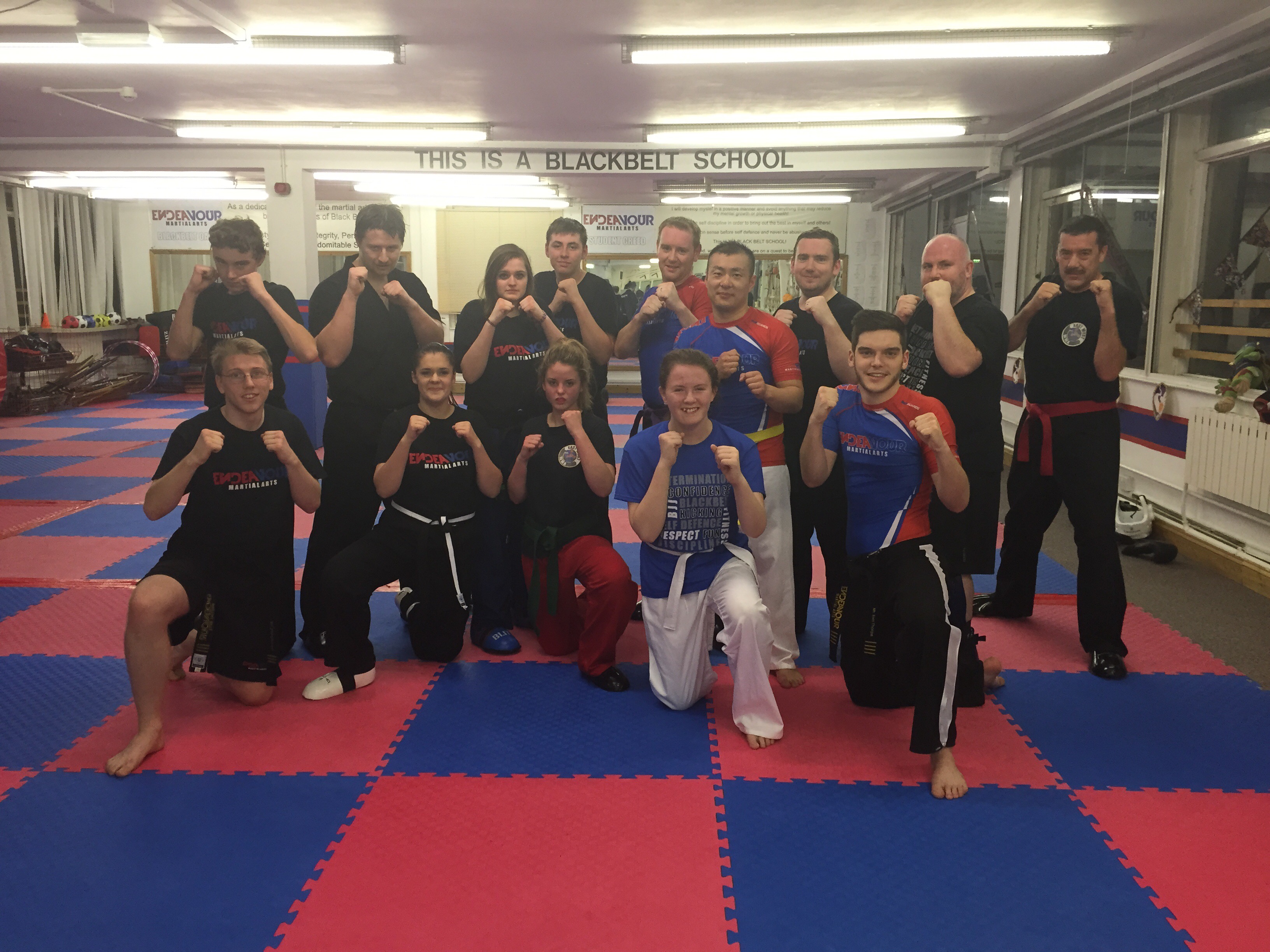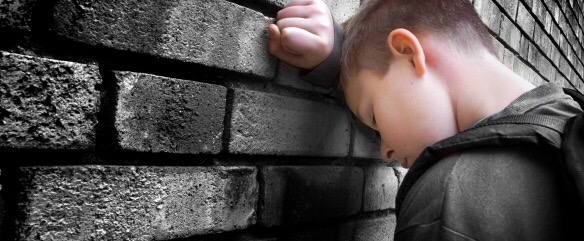With a bloodcurdling cry, your 6-year-old leaps into the air in a karate kick, raising your hair and blood pressure simultaneously. Before you panic and pad the walls, try channeling this urge into a martial arts class.
Martial arts is a fun way for both boys and girls to achieve fitness and focus. Some parents may think they also promote violence, but that’s a not true according to Master Greg Silva president of Black Belt Schools International. The martial arts actually help teach self-discipline and socialization skills. In fact, many parents whose children have attention-deficit/hyperactivity disorder (ADHD) report great success with these programs because self-control and concentration are exactly the skills underdeveloped in ADHD kids.
A typical class begins and ends with respect by a bow to the teacher and parents. Next the kids have an affirmation pledging to have self discipline, a positive attitude, to use common sense before self defense and to never give up. After a warm-up, students practice the art’s particular skills, which may include kicks, punches and blocks. Each requires concentration and strict attention.
Progress is marked by the belt system, which takes the beginner from a white belt through a variety of colors until black. Testing for each new level, generally every three months, is a good exercise in setting and achieving goals.
But, say experts, it’s the respect kids learn, whether from bowing or standing still and waiting for the next command, that can be the most important benefit: It often carries over into school, helping to improve behavior and even grades, according to recent research.
Kids can benefit as young as age 4 with motor and social skills. As they get older there is a bigger emphasis on self defense and competition.




